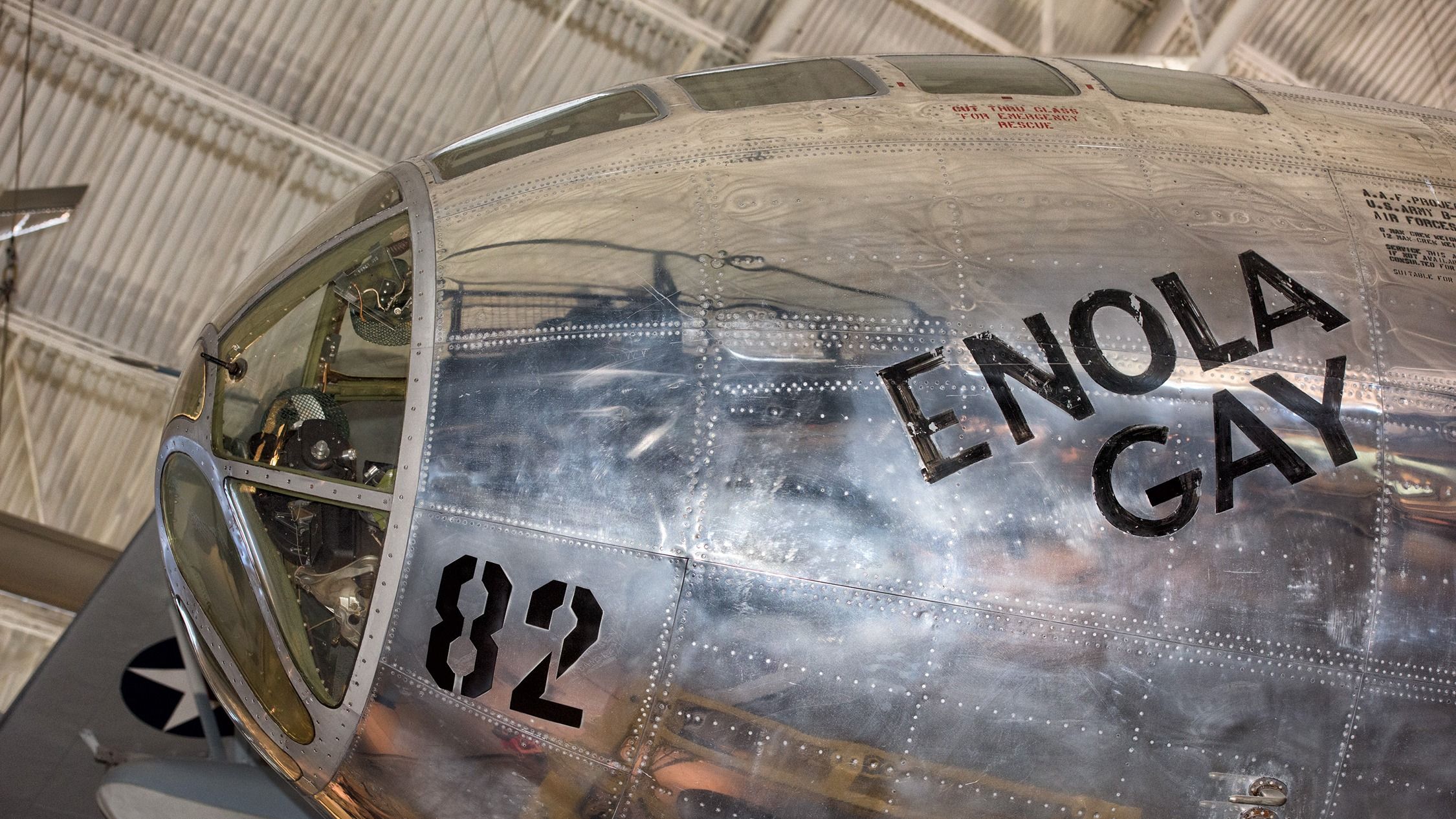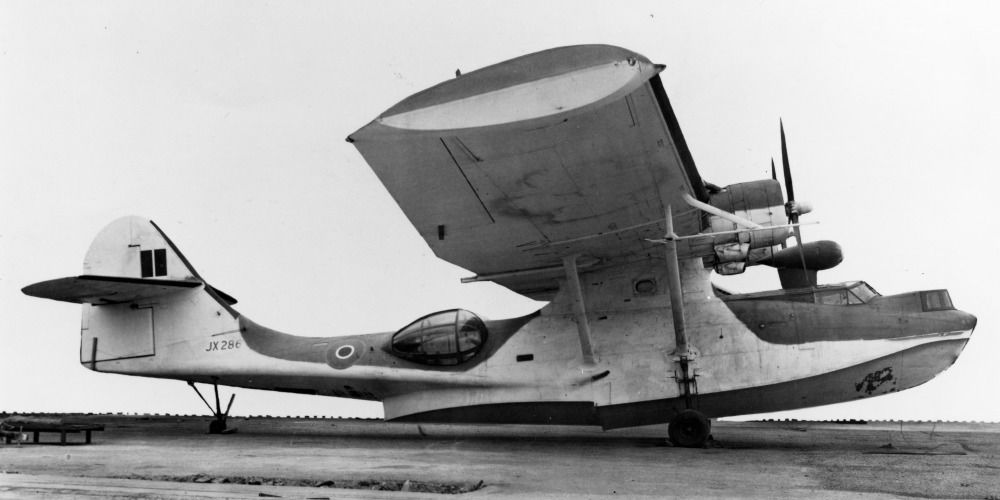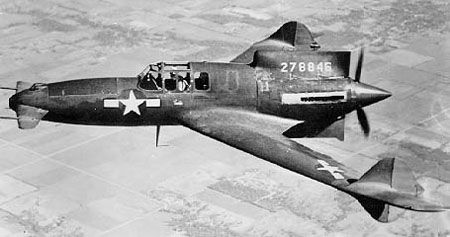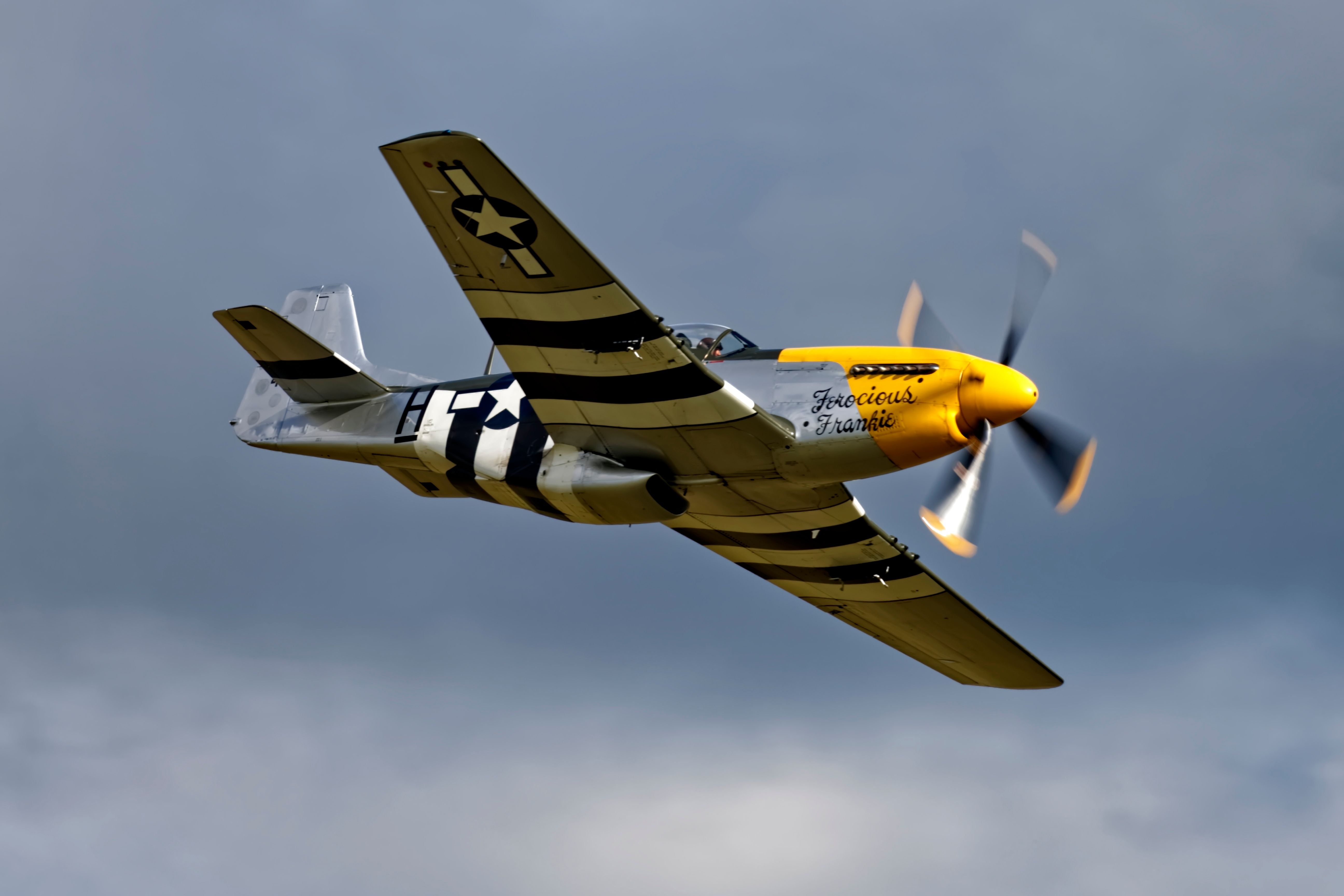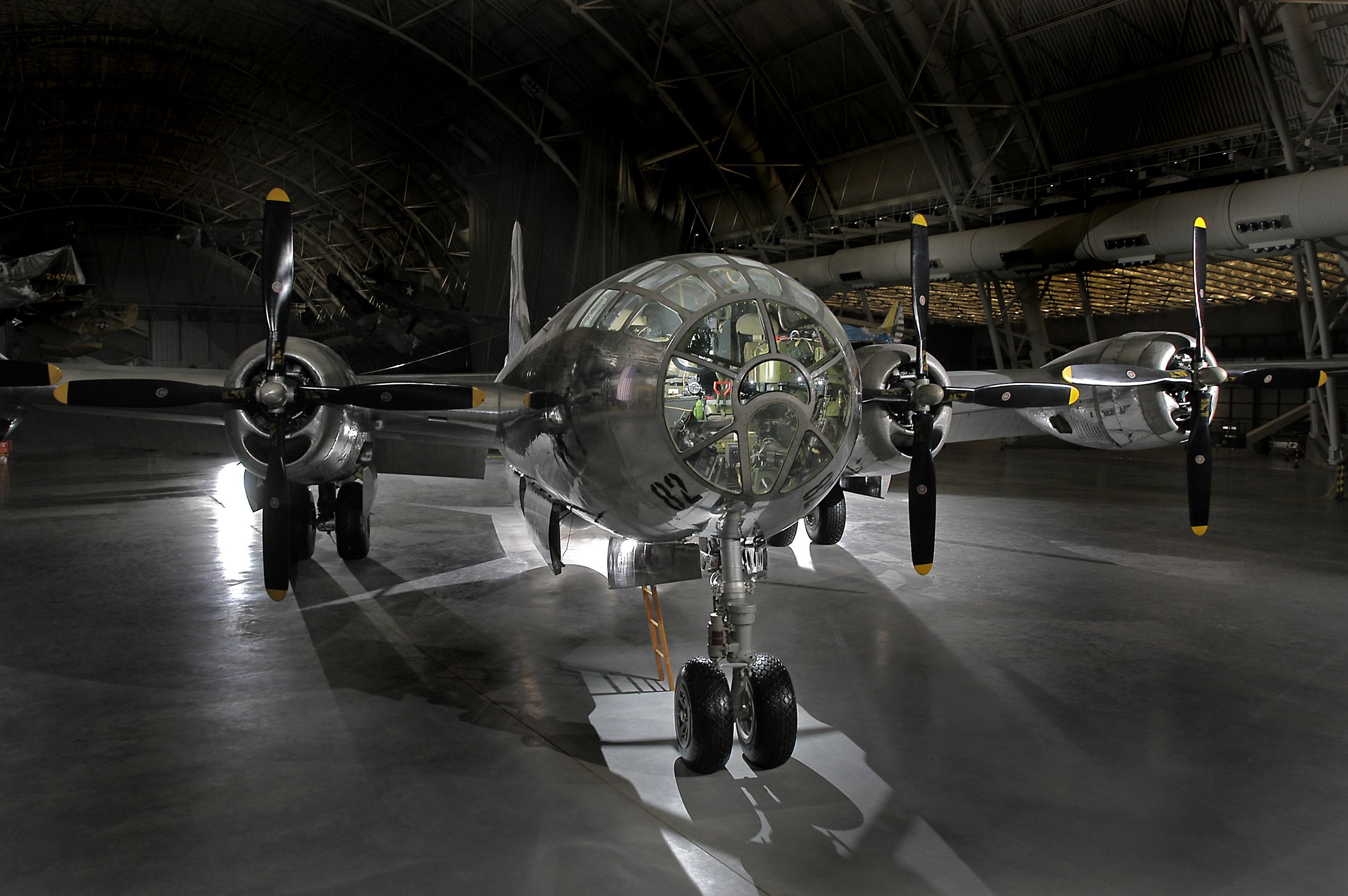Summary
- The Smithsonian’s National Air And Space Museum is the world’s largest aerospace museum.
- It houses various aviation and space artifacts, including iconic World War II aircraft.
- This includes such airframes as the Consolidated PBY-5 Catalina, Curtiss XP-55-CS Ascender, Curtiss P-40E Warhawk, North American P-51D Mustang, and the Boeing B-29 Superfortress Enola Gay.
While there are a lot of visit-worthy museums for AvGeeks in the United States, the Smithsonian’s National Air And Space Museum should definitely be on every enthusiast’s bucket list. The museum, located in Washington, District Of Columbia, with a separate location for the Steven F. Udvar-Hazy Center just outside of Washington Dulles International Airport (IAD), houses one of the more impressive World War II aircraft collections.
According to the Smithsonian’s National Air And Space Museum site, it houses the world’s most extensive collection of aviation and space artifacts, with all aspects of human flight in its possession. Operating the pair of locations, the museum describes its mission as commemorating, educating, and inspiring while also helping to build a nation of innovators and explorers.
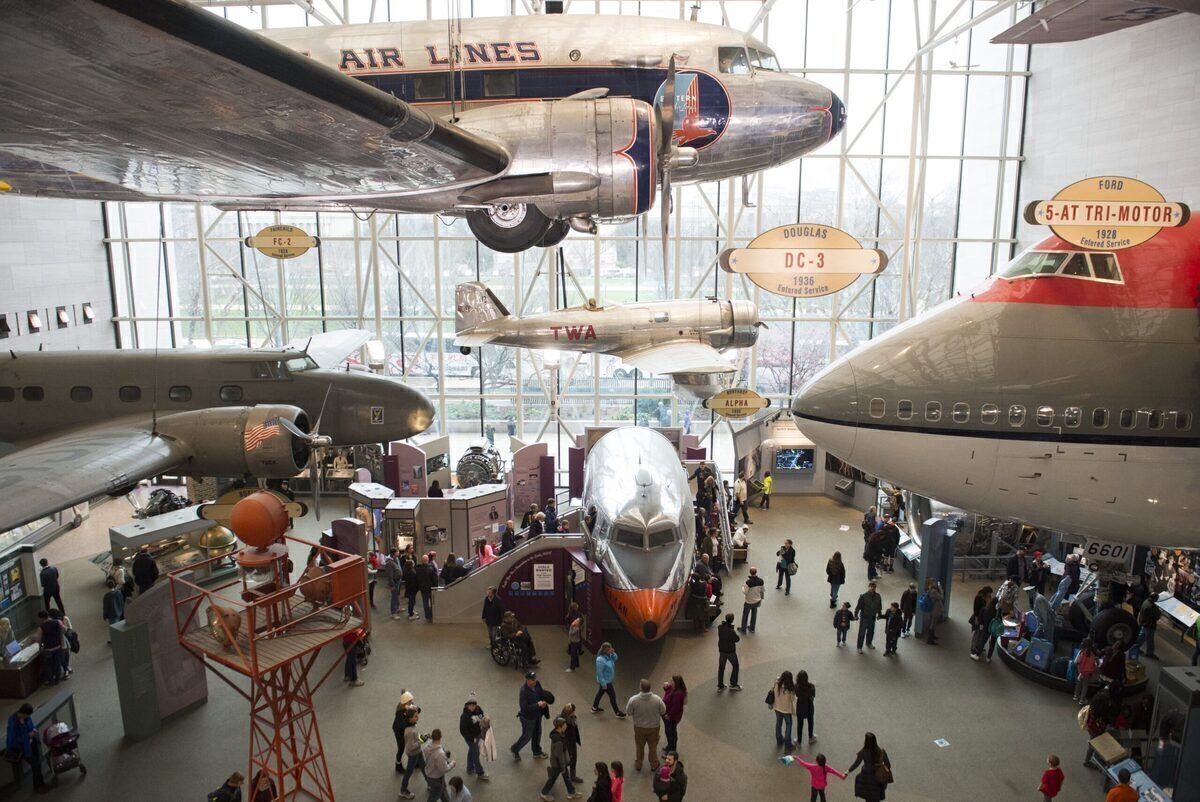
Related
The World’s Largest Aircraft Museums
5
Consolidated PBY-5 Catalina
Manufacturing date of the aircraft: 1945
- Obtained from: the United States Navy (USN)
One of the first aircraft one should see at the Smithsonian’s National Air And Space Museum is a Consolidated PBY-5 Catalina, gifted to the museum by the United States Navy (USN). According to the museum, the aircraft was built in 1945.
Describing the Catalina’s role during the war, the site said that while today, satellites are the eyes of the battlefield, during World War II, flying boats provided early scouting. They warned about incoming enemy ships and aircraft, providing intelligence on potential movements. At the same time, the museum said that they also attacked ships at night while also participating in search and rescue missions.
However, the war’s end meant that flying boats, such as the Consolidated PBY-5 Catalina, would be retired permanently, with the war resulting in thousands of concrete runways being built across the world. In addition, ever-evolving aircraft technology allowed civilian and military planes to fly further, rendering flying boats all but obsolete.
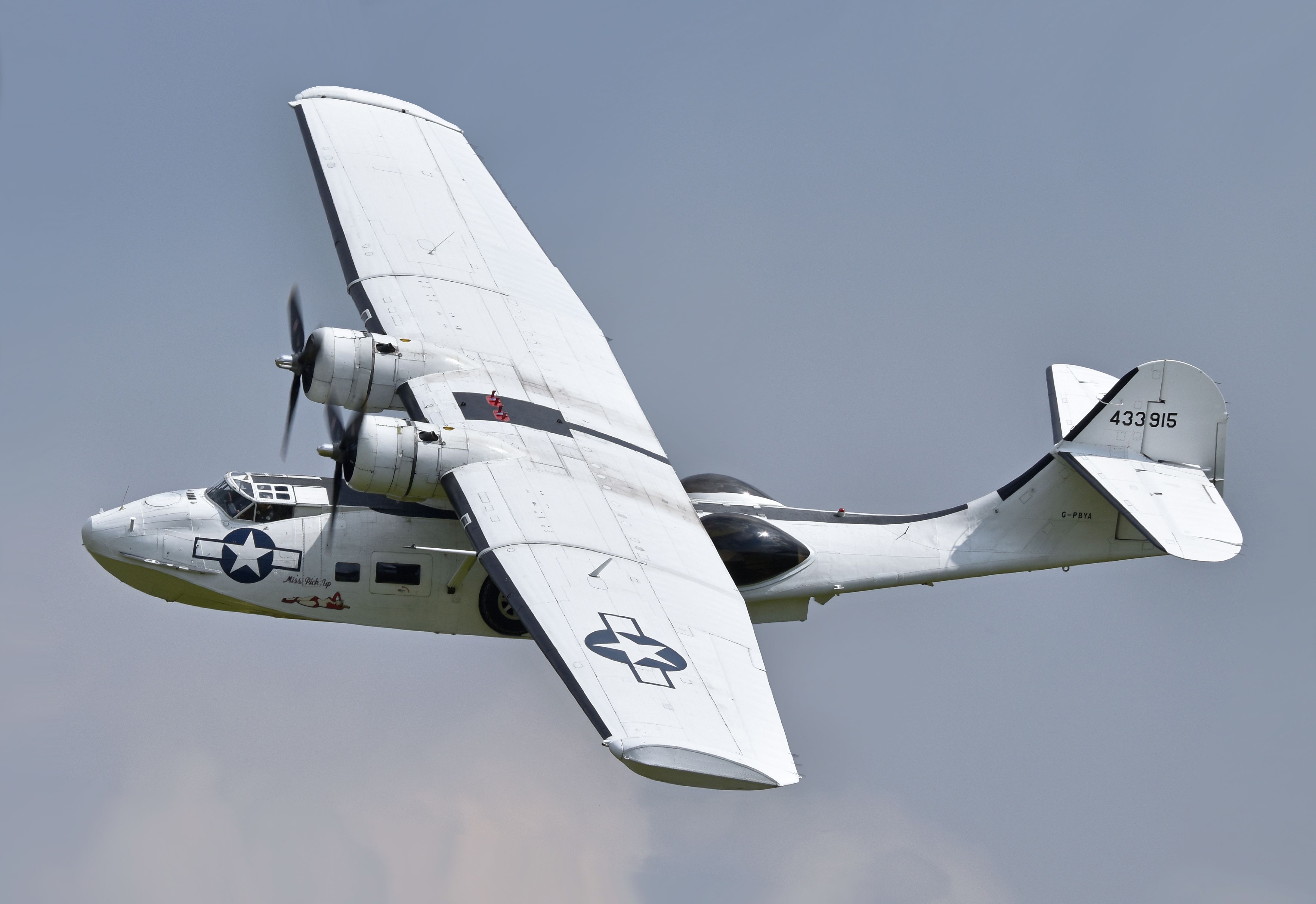
Related
Catalina Aircraft To Revive WWII Era Flying Boat
The Florida-based manufacturer is set to revive its iconic amphibious aircraft.
4
Curtiss XP-55-CS Ascender
Manufacturing date of the aircraft: 1943
- Obtained from: the United States Air Force (USAF)
Before the US declared war on Japan following the attack on Pearl Harbor in 1941, the US Army (USA) Air Corps funded three “radical and unorthodox” fighter designs, the museum noted. One of them was the Curtiss XP-55-CS Ascender, a small, propeller-powered fighter with the aircraft wing behind the engine and pilot.
Photo: the United States Government
“After considerable testing, Air Corps test pilots and engineers judged the Ascender’s performance and handling too poor for an effective combat fighter but it did demonstrate exactly where future trends in fighter design should not go.”
Nevertheless, the aircraft, manufactured in 1943 and gifted to the museum by the United States Air Force (USAF), is now on exhibit at the site, allowing visitors to see an innovative approach to a fighter aircraft that could have made it to the battlefields of World War II.
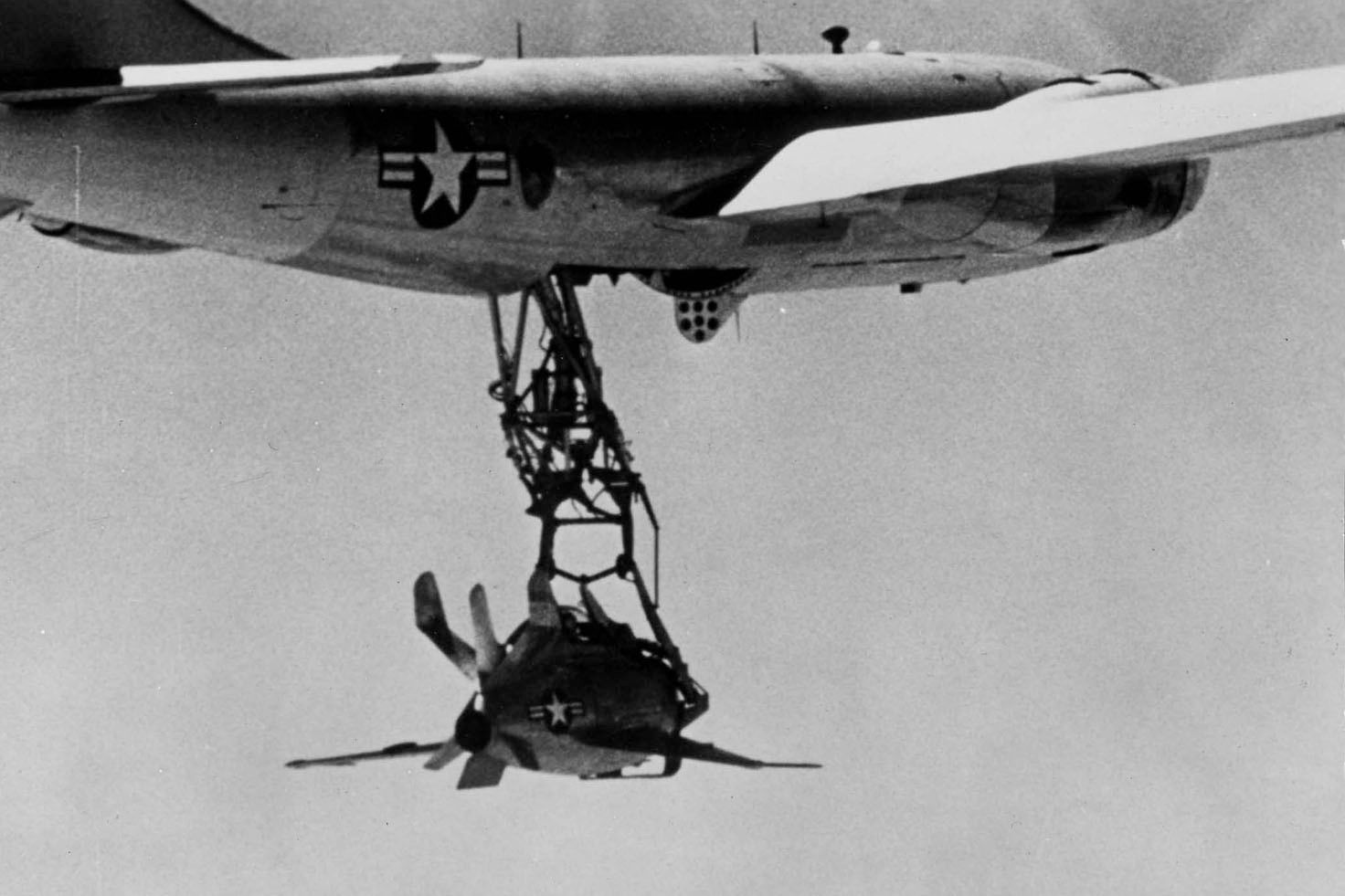
Related
5 Weird Military Aircraft Programs The US Abandoned
Throughout the years, there have been plenty of quirky aircraft developed in the United States.
3
Curtiss P-40E Warhawk
Manufacturing date of the aircraft: 1939
- Obtained from: The Exchange Club in Memory of Kellis Forbes
Another fighter on the list, the Curtiss P-40E Warhawk, also known as the Kittyhawk or the Tomahawk, is on display at the museum. The Exchange Club, in Memory of Kellis Forbes, donated the aircraft built in 1939, with the side of the aircraft having the inscription “Lope’s Hope.”
According to the museum, the fighter was successful during the conflict, proving itself to be versatile, especially during the first half of World War II. The particular aircraft, which is on display at the museum, was delivered to Canada as a Kittyhawk I in 1941. It served with the No. 111 Squadron of the Royal Canadian Air Force (Aviation Royale Canadianne, RCAF) until 1946. While it was mothballed, USAF personnel restored the fighter in 1975.
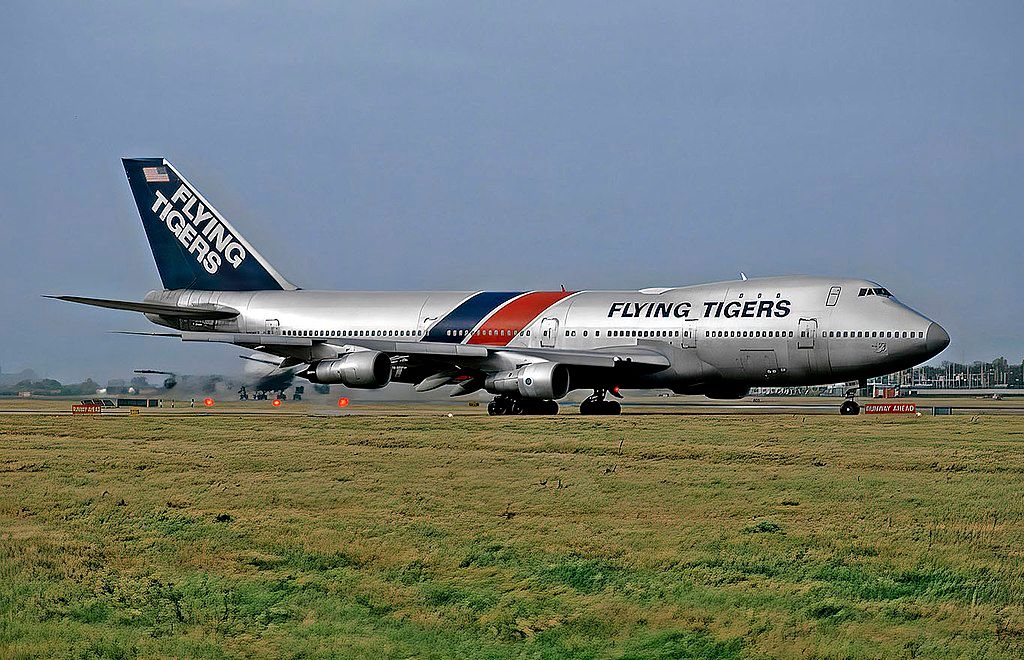
Related
Flying Tigers: The Story Of The First US All-Cargo Commercial Airline
The carrier was started by former US Air Force pilots following the end of the Second World War.
2
North American P-51D Mustang
Manufacturing date of the aircraft: 1945
- Obtained from: the United States Air Force (USAF)
Perhaps one of the most iconic World War II fighter aircraft, the North American P-51D Mustang, is up there among the greats of the conflict, which includes such fighters as the Spitfire. Nevertheless, the Smithsonian’s National Air And Space Museum has displayed an exhibit built in 1945, with the USAF transferring the aircraft to the museum.
Photo: Andrew Harker | Shutterstock
“Many people consider the P-51 Mustang the best fighter of World War II. Its combination of speed, range, maneuverability, and firepower gave it great versatility. Its use in all major theaters of the war included long-range high-altitude escort, strafing, and photo reconnaissance.”
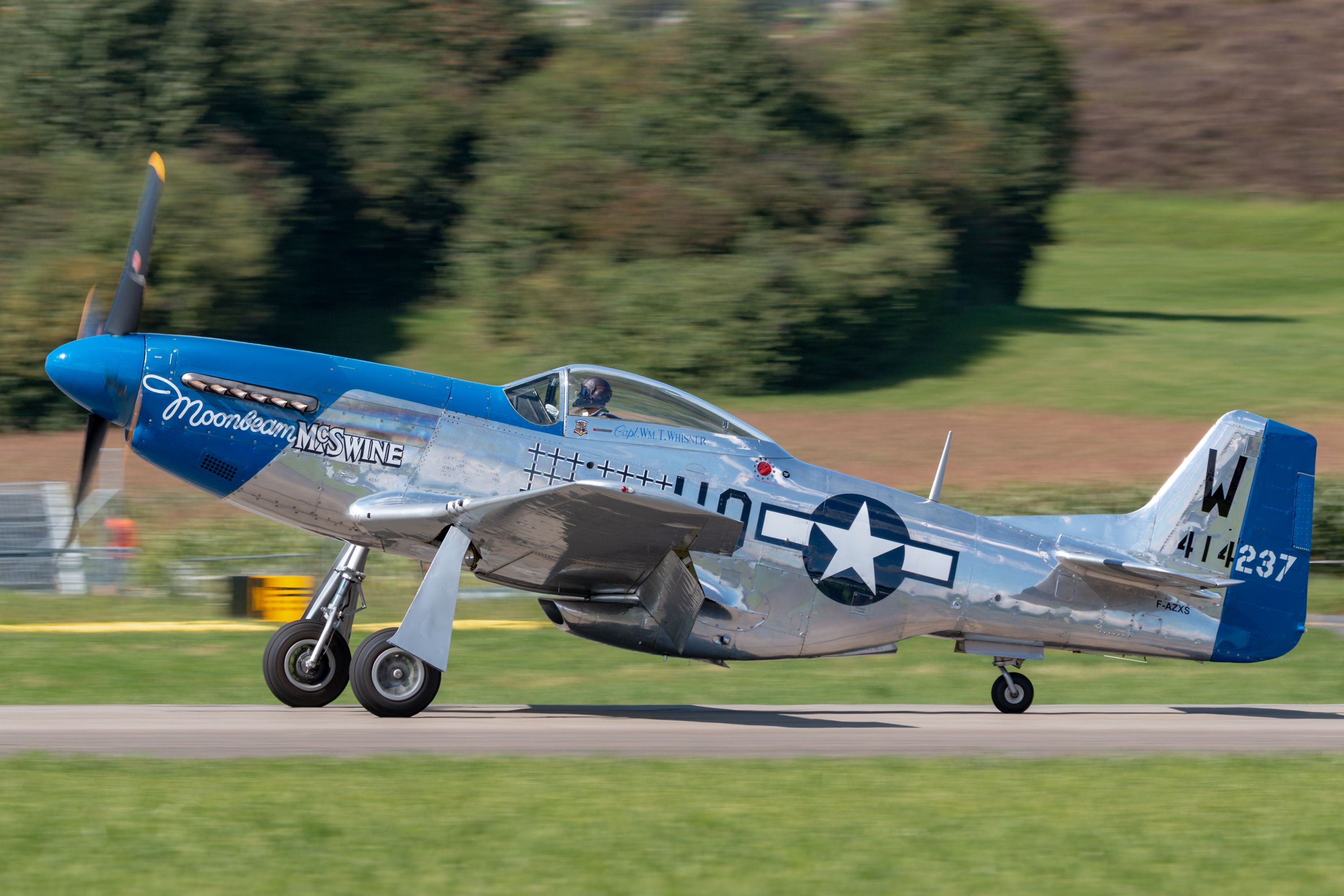
Related
Why Was The North American P-51 Mustang So Successful?
A key World War II-era fighter with the range of a bomber.
1
Boeing B-29 Superfortress Enola Gay
Manufacturing date of the aircraft: 1945
- Obtained from: the United States Air Force (USAF)
Undoubtedly, one of the most iconic aircraft in the museum’s entire collection is the Boeing B-29 Superfortress, called ‘Enola Gay,’ which participated in Operation Centerboard. The aircraft was the one that dropped the atomic bomb on Hiroshima, Japan, causing massive devastation and, at the same time, with the help of another bomb dropped on Nagasaki, forcing the Japanese to surrender, ending World War II.
The museum pointed out that it was the first bomber to have a pressurized cabin, and while it was designed to participate in the European theater, it made a splash in the Pacific as well. The B-29 Superfortress was capable of dropping conventional bombs, incendiary bombs, mines, and even nuclear weapons. The USAF gifted the 1945-built aircraft to the museum.
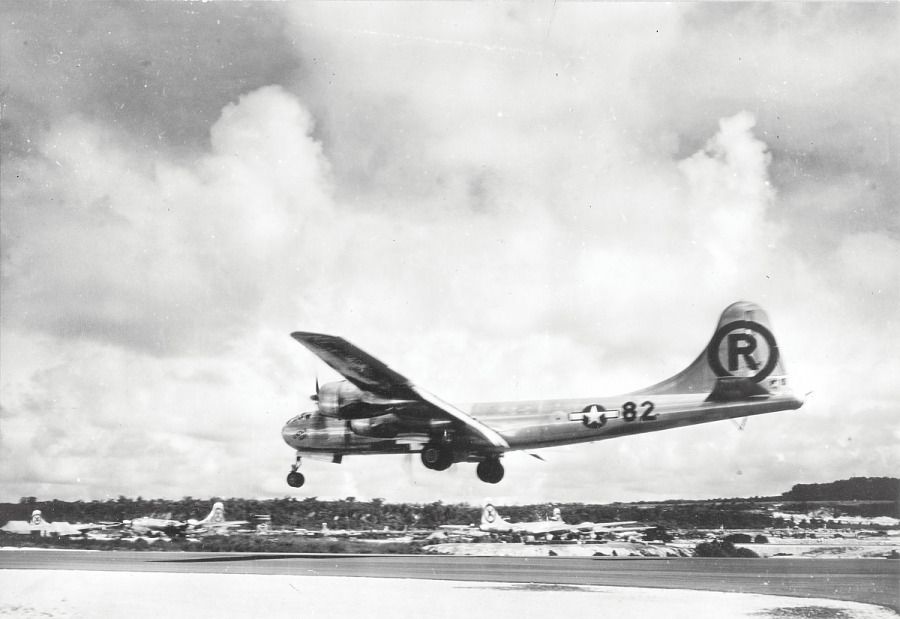
Related
Oppenheimer: What Happened To The Boeing B-29 That Dropped The Little Boy Bomb?
The Enola Gay sits on display today, but it took a long road to get there.

